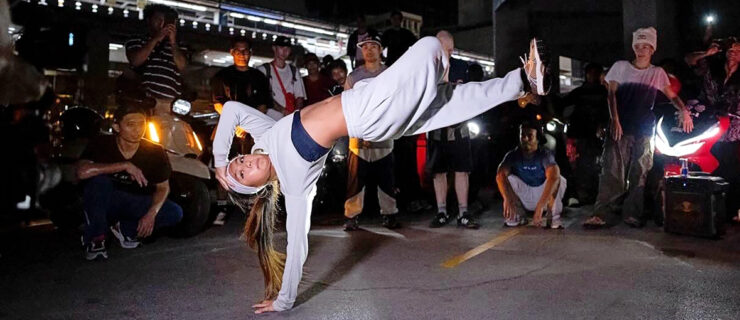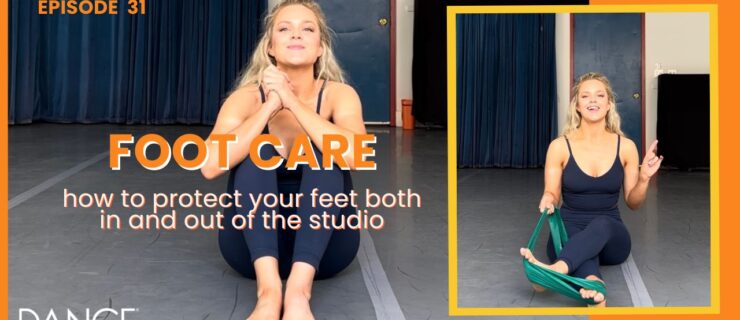Will the Olympics Help Dancers Get Paid Like Athletes?
Let’s call the question settled: Breaking’s debut at the 2024 Olympic Games confirms that, yes, dance can be considered a sport. For the most part, we’ve moved past outdated stereotypes and collectively agree that dance is challenging both artistically and physically. It’s no longer an anomaly when dancers lift weights at the gym or model fitness apparel, because dancers can be athletes, too.
Even with these similarities, dance and sports differ in stark ways. Some of the most notable involve funding and compensation. As dance reaches sport status at the most important multisport event in the world, a complicated question looms: Will the Olympics help dancers get paid like athletes?
Olympic athletes often make the bulk of their money through sponsorships, not from winning medals. Simone Biles, the most decorated gymnast of all time, was one of the highest-paid female athletes of 2023, making $7 million in sponsorships and $100,000 from her salary and winnings. But you don’t have to be the GOAT or star in commercials to cash in on the buzz: Athletes can commercialize their personal social media presence and get paid to promote products and services to their ballooning fanbase.
The 2024 Olympics could be a turning point for dancers who are accustomed to making a living performing and teaching. “It changes everything,” b-boy Alien Ness told The New York Times in October 2023. “Now it’s an Olympic gold medal. Now it’s a box of Wheaties. Now it’s your own Nike shoe. It’s everything that comes with that.” There’s technically nothing stopping dancers from using their social media followings for #SponCon—plenty do this already. But participating in the Olympics comes with cachet and exposure that can change the size of an athlete’s platform and make them a household name.
Breakers who were well-known in small circles of influence will suddenly have their faces splashed across screens all over the world. The Olympian-to-pop-culture-figure pipeline is real. After snowboarder Chloe Kim made her Olympic debut in 2018, for example, Corn Flakes put her on a special-edition box, Mattel designed a Barbie in her likeness, and Nike featured her in a commercial that premiered during the Oscars. That’s real money. Could super-charismatic breakers like Team USA’s Sunny Choi or Victor Montalvo see a similar boost?
Even televising dance is progress for an industry that, outside of reality competitions like “So You Think You Can Dance,” typically relies on live experiences to generate a profit. For the upcoming Summer Games, NBC will air eight hours of breaking, in addition to streaming medal events on its digital platform Peacock.
Olympic broadcast partnerships are the single greatest source of revenue for the Olympics. The 2020 Summer Olympics in Tokyo brought in more than $3 billion in broadcast revenue, a gargantuan number. If the Olympic breaking broadcasts successfully attract large audiences, that might pave the way for more—and more lucrative—dance onscreen.
Like dancers, athletes have short professional careers, but Olympic success can extend their shelf life: There’s a well-constructed off-ramp for Olympic athletes. The U.S. Olympic & Paralympic Committee, for example, provides resources to help prepare athletes for their careers post-Olympics, including tuition assistance for continuing education, professional development, financial literacy, and personal branding programs. That’s in addition to top-tier health insurance, access to sports medicine clinics, and mental health care.
These kinds of perks are major financial boosts for dancers, who are often self-employed and paying hundreds of dollars a month for health insurance. If we’re proudly proclaiming that dancers are athletes, they should be able to reap all the financial benefits that come along with it.




